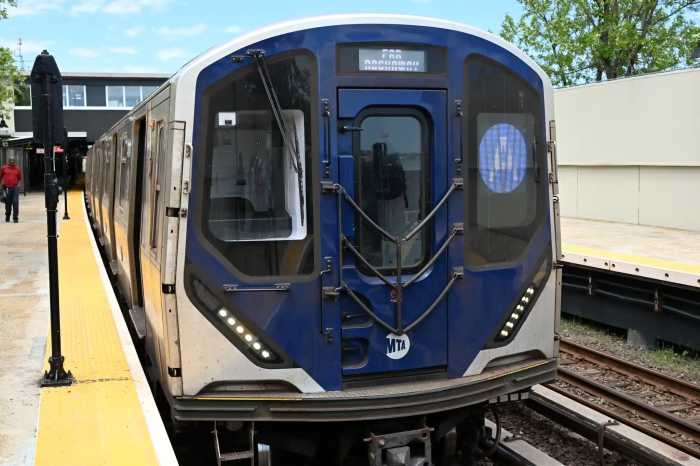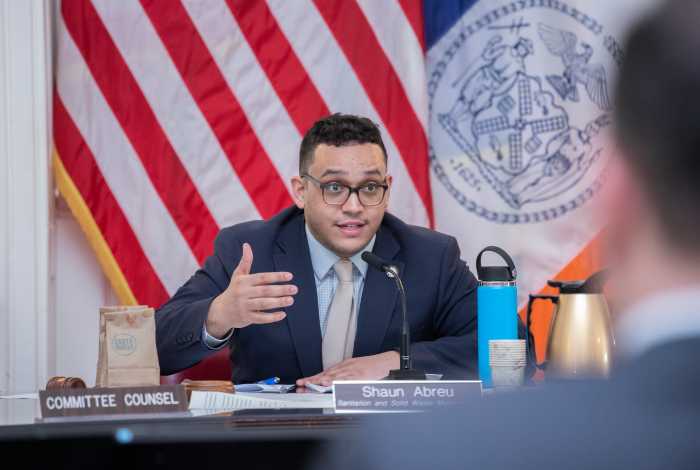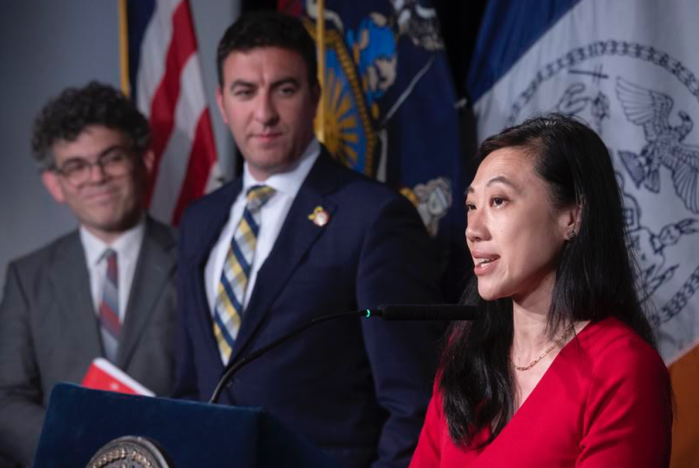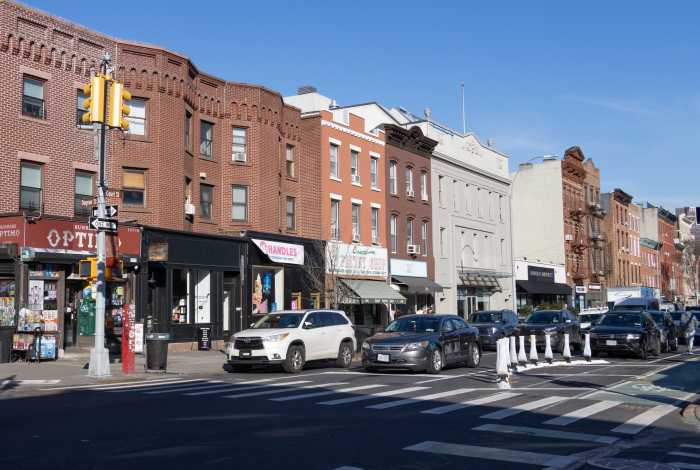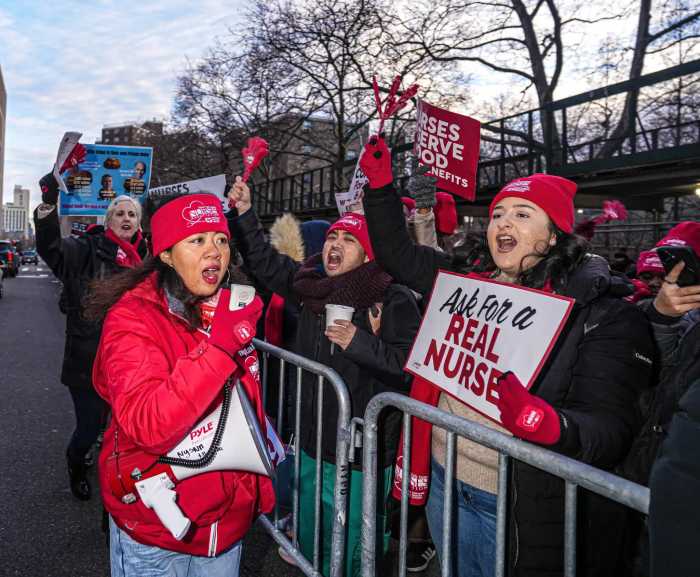The MTA has lagged in fixing the ancient signal system that’s a common cause of train delays, according to a new analysis.
MTA signal repair and modernization projects are frequently delayed, according to the city’s Independent Budget Office, while the agency has allocated a smaller and smaller percentage of capital spending toward those efforts.
The IBO detailed its findings in a letter to Manhattan Borough President Gale Brewer that was published Tuesday, as the MTA continues its most prominent delayed and over-budget signal system project: automating the No. 7 train’s Flushing line.
While high-profile MTA service failures have become more frequent in recent weeks and months, Brewer called the approach “intolerable.”
“If the subway is New York City’s heart, then the mounting delays and catastrophic service failures we’re seeing are congestive heart failure, threatening the very life of our city. The subway’s antiquated signal system is a big reason why,” Brewer said in a statement. “Our state government — which actually controls the MTA — must do its part by finding and appropriating the $20 billion needed to overhaul the signal system.”
The MTA budgets money to repair and modernize these signals in each five-year capital plan. Of the 33 signal upgrade and repair projects funded in the MTA’s previous two capital plans, 19 were completed behind schedule or are still ongoing and behind schedule, according to the IBO’s letter, dated June 11.
In the current MTA capital plan, spanning from 2015 to 2019, the agency scheduled 14 signal projects to begin by the end of 2017, but eight of those projects have been delayed. These delays range from two months to four years, the IBO found.
In the meantime, subway delays have soared by more than 300 percent, from 18,255 in November 2012 to 60,274 in November 2016.
The MTA has estimated that it could take 50 years to upgrade signaling throughout its subway network. But plans to bring automated signaling, known as Communications-Based Train Control, to the Flushing line haven’t gone smoothly. The project is running late and more than 50 percent over budget. Once expected to be completed in November 2016 at a cost of of $265.6 million, it’s now slated to be finished some time this year for $405.7 million.
“Everyone agrees that installing modern signals is a necessary step towards restoring reliable transit service, but that sort of behind-the-scenes signal work has clearly not been a priority for Gov. Andrew Cuomo or his predecessors,” said John Raskin, executive director of the Riders Alliance. “The governor should lay out a clear vision for how to get from today’s unacceptable level of service to a high-functioning, reliable transit system and he needs to communicate that plan to the riding public, to state legislators who can fund it and to the MTA, which can make it happen.”
With exception of the L train, all subway lines rely on the same overarching signal system that has been in use since the subway’s inauguration in 1904. About 30 percent of the signal infrastructure in that system hasn’t been updated since before 1965, according to MTA officials at a February MTA committee meeting.
The percentage of transit system capital funding spent on subway signal repair and modernization has dropped from 20 percent in the 2005-2009 capital plan to 17 percent in 2009-2014 and 14 percent in the current plan. More than half the budgeted money is spent on repairs, rather than upgrades or replacements, the IBO found.
Beth DeFalco, a MTA spokeswoman, said the MTA is “laser-focused on improving signals and service.”
“The MTA continues to aggressively upgrade the subway’s antiquated 1930’s era signals, including with a record $2.1 billion allocated for signal improvements in this Capital Program,” DeFalco said in a statement. “The IBO report fundamentally misunderstands how signalization improvements are made by equating dollars spent into delayed work.”
Some fed-up riders on Tuesday said they’d support lengthy service shutdowns if that meant the MTA could address repairs more quickly.
“I’d rather them start shutting down service that won’t affect as many people and make it better for the future than to keep having these delays,” said Melquan Middleton, 21, of East New York, at the Hudson Yards No. 7 train station. “I have to leave home at least a half hour earlier just to make sure I’m there on time, because sometimes the delays can be 15 or 20 minutes.”
Looking ahead, the MTA has said it plans to automate signals next on the Eighth Avenue, Queens Boulevard and Culver lines.
“There’s not enough buses, people can’t afford cabs and gridlock is a nightmare, so it’s a predicament and I feel for the MTA,” said Steven Ochs, 45, of Gramercy. “I just want to get where I’m going as fast as possible, especially when it’s hot out, and not stand there waiting on the platforms.”
With Alex Bazeley




